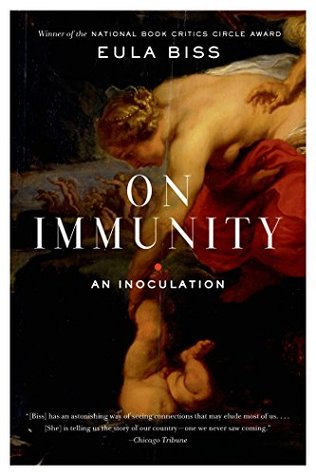THE CIRCASSIAN WOMEN,” Voltaire wrote to the French in 1733, “have, from time immemorial, communicated the small-pox to their children when not above six months old by making an incision in the arm, and by putting into this incision a pustule, taken carefully from the body of another child.” It was women who inoculated their children, and Voltaire mourned the fact that the “lady of some French ambassador” had not brought it from Constantinople to Paris. “What prompted the Circassians to introduce this custom, which seems so strange to others,” Voltaire wrote, “is a motive common to all:
THE CIRCASSIAN WOMEN,” Voltaire wrote to the French in 1733, “have, from time immemorial, communicated the small-pox to their children when not above six months old by making an incision in the arm, and by putting into this incision a pustule, taken carefully from the body of another child.” It was women who inoculated their children, and Voltaire mourned the fact that the “lady of some French ambassador” had not brought it from Constantinople to Paris. “What prompted the Circassians to introduce this custom, which seems so strange to others,” Voltaire wrote, “is a motive common to all: maternal love and self-interest.” Medical care was still mainly the domain of women then, though the tradition of the female healer was already threatened by physicians and the Church. Midwives and wise women, guilty of crimes that included providing contraception and easing the pains of labor, were particularly persecuted in the witch hunts that burned across Europe from the fifteenth to the eighteenth century. According to the Catholic Church’s official guide for witch hunters, midwives belonged to the class of good witches who healed and did not harm, but this made them no less witches. While women were being executed for their suspicious ability to heal the sick, physicians in European universities studied Plato and Aristotle but learned very little about the body. They did not experiment, did not practice science as we know it, and had little empirical data to support their treatments,...
...more
This highlight has been truncated due to consecutive passage length restrictions.
As far back as the early Middle Ages, female healers had identified effective remedies by empirical and intuitive experimentation while the medical establishment langored in supersticion…


